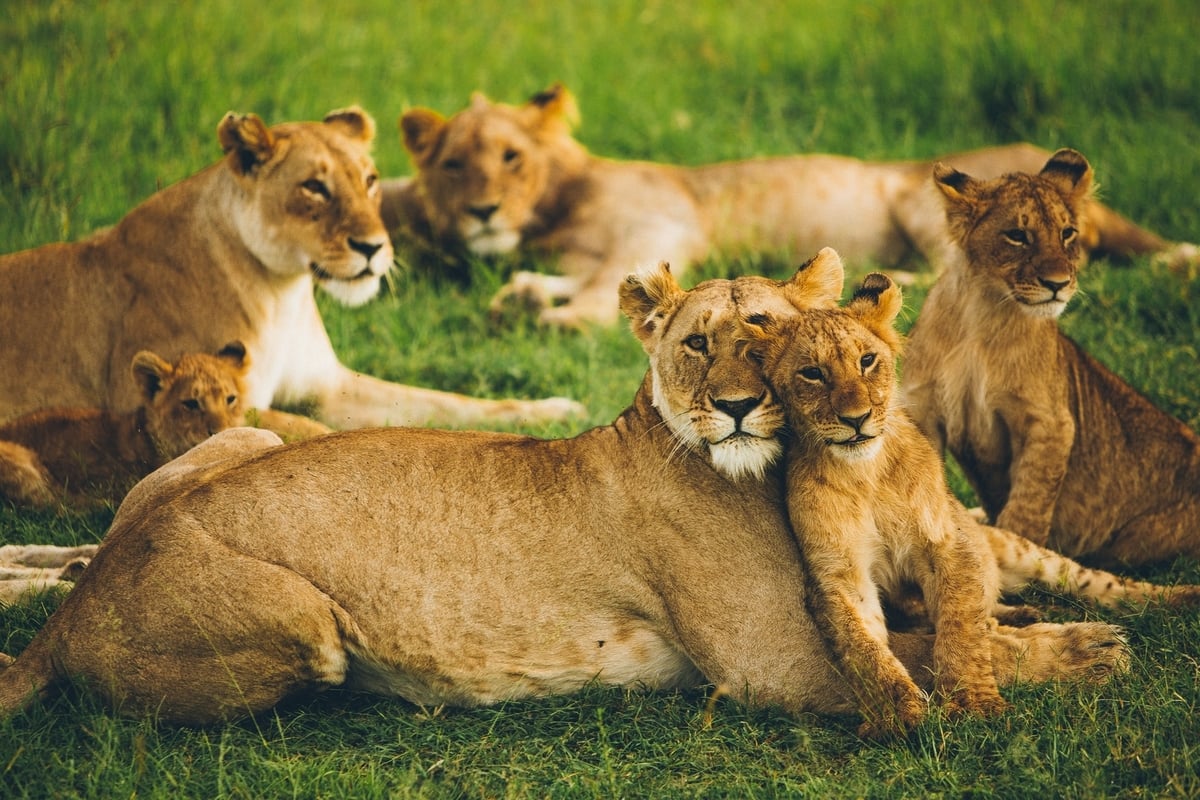

Only large male coalitions can aspire to control a pride over a period of relative stability.įemales may produce as many as six litters during their lifetime. Lion prides are ever-changing, as males only hold sway over a group of females for an average of 18 months before they are ousted, sometimes even killed, by stronger or more numerous newcomers.

Young lionesses are initiated into the pride to breed alongside their mothers and aunts, while adolescent males leave and strive to find a new pride to overtake. Prides generally consist of two to 15 females, their young cubs and a group of males, many of whom are brothers unrelated to the lionesses. Lions are the most social members of the cat family. Cubs will attempt to mimic roaring lions, and their mothers encourage this with soft moaning roars. A roar can be heard from up to 2 miles away, and lions are able to perceive certain individuals’ roars. Most likely, the call is used to maintain and defend territories, or perhaps, since roaring most often occurs at night, dusk and dawn, it is used to locate one another in a lack of light.
Lioness and lion series#
Roaring generally lasts 30 to 40 seconds, recognizable as a series of lengthy moaning grunts followed by a sequence of short ones. While both lions and lionesses roar, the male’s vocal call is deeper and more deafening. During daylight hours they can be found lounging or sleeping in the shade. Lions are most active during dawn, dusk and periodically throughout the night. They seem to be successful in keeping healthy populations at reserves and parks, although they struggle when their habitat is fragmented by human infrastructure and roads. Lions often inhabit wooded and bushed areas, and despite being frequently viewed in open grasslands, they actually favor habitats that provide cover for sheltering young and hunting. The overall effect is to enhance camouflage by flattening form. This tends to neutralize the three-dimensional shadowing created by overhead lighting from the sun, as the shadow is lightened by the whitish belly fur. Like many of their prey, lions have a slightly counter-shaded pelage, which is darker on top and grades to lighter underneath.Newborns have a spotted coat, which, over the first two years, gradually becomes a nearly uniform tawny color.Males have manes that are fully developed by 4 years old, and they are up to 50 percent heavier than females. Show greater differences between the sexes than other cats.The largest of Africa's big cats, weighing two to four times more than their cousins, the leopard and cheetah.


 0 kommentar(er)
0 kommentar(er)
